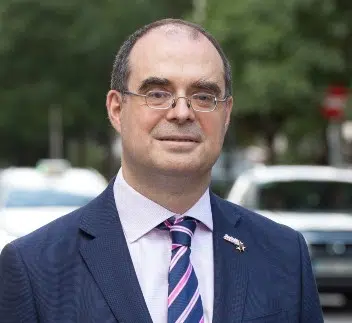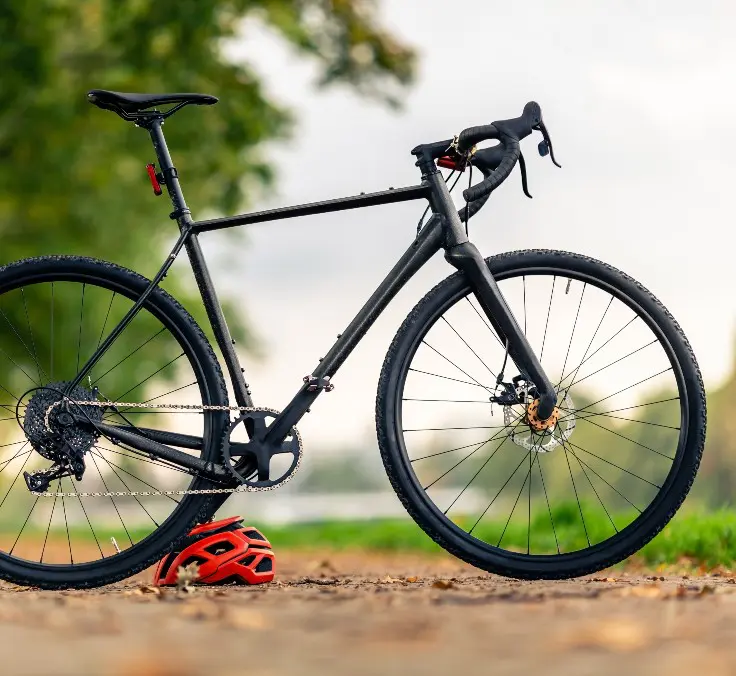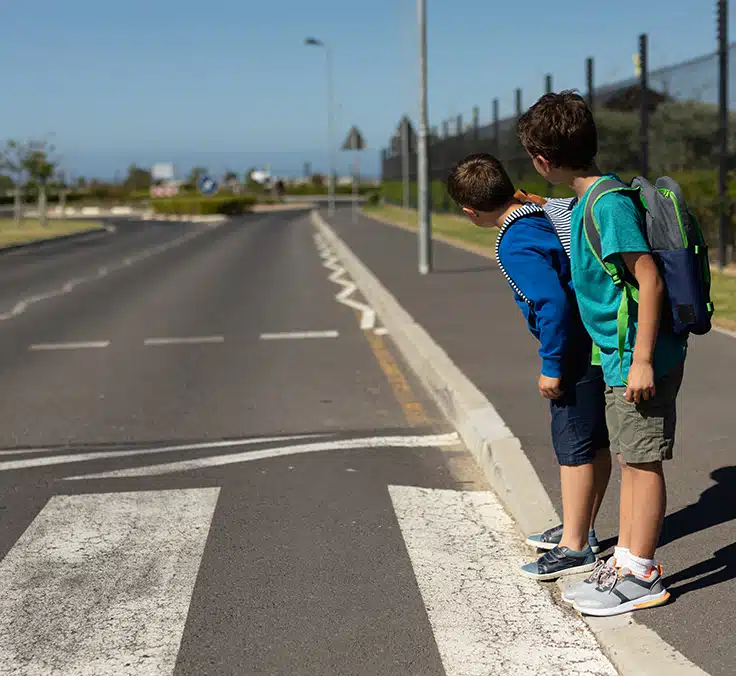SUSTAINABILITY| 02.06.2023
Bicycles have never had it better

Jesús Monclús
Manager of the Accident Prevention and Road Safety Area at Fundación MAPFRE
Hi there, my name’s Jesús, and I’m a cyclist. I’m actually only kind of a cyclist, as my “exploits” are reduced to trying to come to the office by bicycle at least two or three days a week, and I admit that I don’t always succeed. Other days, I come by bus (I admit I have the privilege of living on a line that runs door-to-door) or by car when I have to travel out of town on work or with other people (I’m privileged here too since I mainly use electric power).
Why do I come to work by bicycle? I think the main reason is because I think it’s a great way to get around: it’s clean, sustainable, and a great way of getting some exercise, even if it’s not all you need. The second reason is that bikes, because they have a much lower mass than a car, pose a much lower risk to other vulnerable road users (pedestrians, other cyclists, etc.). And I think it’s important to set an example, integrity is all about following through and doing what you say you’re going to do. And by the way, my quickest ever commute to work was the day I came by bike.
What would you change or improve when it comes to using bicycles? Driver behavior, without a doubt. They often get impatient trying to be the first to get to the next red light, or believe they have the most right to use up everyone’s space, meaning they don’t respect cyclists. And we need more bike lanes, although big steps forward are being made in this area.
Fundación MAPFRE’s commitment to bicycles is clear, it always has been. During the 2023-2024 school year, we will add a stunning new safe, healthy, and sustainable mobility caravan based on this two-wheeled vehicle to our traditional workshops for safe road travel by bicycle. In collaboration with the Madrid City Council, we’re supporting bicycle use and maintenance workshops at schools across the capital. In the near future, we will launch our new online training modules for workers, including a specific module for cyclists and a general one that incentivizes people to use them. We are collaborating on CycleRAP, the first study to compare the safety of different types of “bike lanes” internationally, and we have been promoting the first issues of the new magazine Andar en bici over the past year.
And, of course, we continue to insist that wearing high-visibility clothing and helmets, above all, is a must for cyclists, unfazed by those who accuse us, in doing so, of wanting to instill fear and discourage people from using bicycles. By the way, the Directorate-General for Traffic recently released the first national estimates of helmet use in Spain which, in my opinion, are hopeful and encouraging for activists working to protect people against cranial and brain injuries: 90% on conventional roads, the highest value of all European countries with available data, and 33% on urban roads, a comparatively moderate value (in the case of Barcelona, in 2022 the RACC found the usage rate stood at 47% in the city).
More bike lanes in our cities, more empathy among road users, a state strategy for bicycles, aid offered by the Autonomous Communities and city councils to subsidize up to 50% of the cost of purchasing electric bicycles, the possibility of choosing between a conventional or electric bike… I think we can safely say that there’s never been a better moment for traveling by bicycle. It’s a matter of making the most of bicycles in our day-to-day lives, or on the days when using them is feasible, and especially on June 3, which the UN General Assembly has proclaimed World Bicycle Day.
RELATED ARTICLES:


